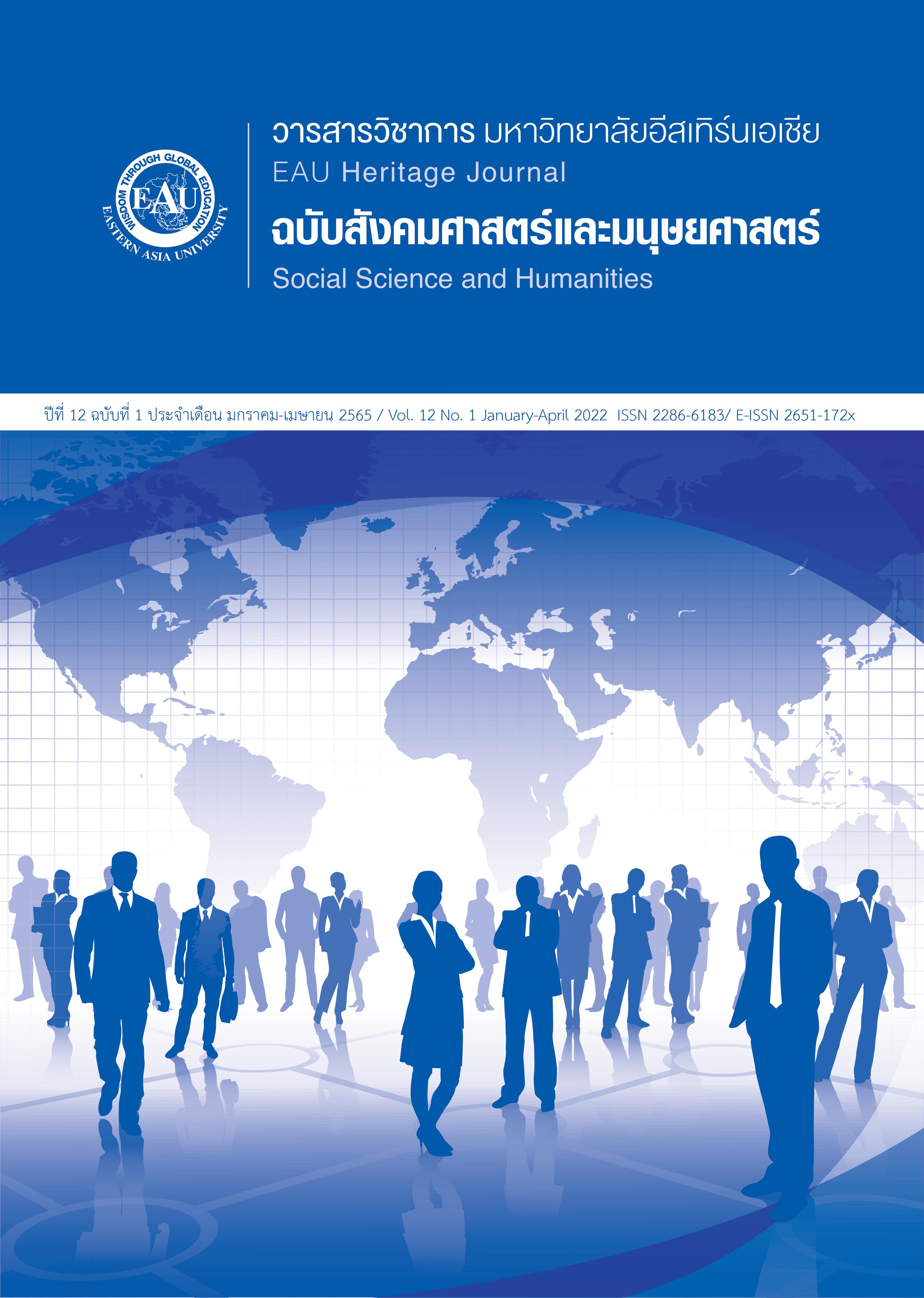Influence of Artwork Prices on Professional Painters’ Creative Ability: Case Study of Modern Chinese Flower-and-Bird Painting in Shan Dong province, China
Keywords:
Artwork Price/Professional Painter/Creative Ability/Chinese Flower-and-Bird PaintingAbstract
With the increase of these personal incomes and the improvement of material conditions, people's pursuit of spiritual enjoyment also naturally arises, and the demand for carrier art that can meet this pursuit has also increased. How the art market operates and how artwork is priced is not only the focus of the art market participants, especially investors, but also the focus of researchers. This article studies the decision of art price from two angles of intrinsic value of art and macroeconomic factors. This study uses economic theory to analyze the nature and operation of the artwork market, and uses econometrics to analyze and discuss the characteristics of the art pricing method. The author collected 406 valid questionnaires, and through correlation analysis, regression analysis, and variance analysis, verified that the intrinsic value attributes and macroeconomic factors of the value of artworks have a significant influence on the creation of professional artists' artworks. In particular, the four variables of art value, cultural value, GDP per capita, and inflation rate have the most significant impact on the creation of professional artists' artworks. The second is aesthetic value, money supply, exchange rate, and the correlation coefficient between interest rate and purchasing behavior is negative.
References
Dunjian, Y. (2013). The historical status and influence of professional painters under the market
mechanism. Chinese Fine Arts, (5), 138-140.
Fengxia, M. (2021). Research on the inheritance and innovation path of Chinese painting. Art
Criticism, (15), 32-34. doi:CNKI:SUN:YSPN.0.2021-15-012.
Higgs, H. (2012). Australian art market prices during the global financial crisis and two earlier
decades. Australian Economic Papers, 51(4), 189-209.
Kwon, H. I., Lee, J. H., Lee, J. K., & Song, J. S. (2011). Factors of China art price formation-focusing
on contemporary artists. Journal of the Korea Academia-Industrial Cooperation Society.
12(2), 629-639.
Lansheng, J. & Shengwu, X. (2003). China cultural industry development report. Beijing: Social
Sciences Literature Press. 32-36.
Xiaomin, C. (2014). Hongguan Jingji weekly analysis of the impact of art market prices on doctors.
Doctoral dissertation, University of Yunnan Finance and Economics.
Xing, Z. (2018). On the Techniques and Cultivation of Traditional Chinese Painting. retrieved date
(27 May, 2018) from
https://kns.cnki.net/KCMS/detail/detail.aspx?dbname=CMFD201901&filename=1019026870.nh.
Xinxin, P. (2007). Chinese-style market chinese economic characteristics of contemporary art
Market. Great Art. (08), 54-55. doi:CNKI:SUN:DAME.0.2007-08-016.
Xuan, Z., & Yao, Z. (2021). Research on the creative design of schematic art of socialist
Core values. Modern and Ancient Cultural Creation. 15(42), 72-74. doi:CNKI:SUN:JGWC.0.2021-42-028.





